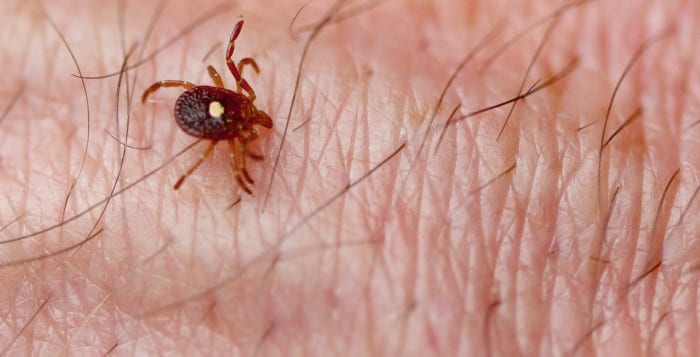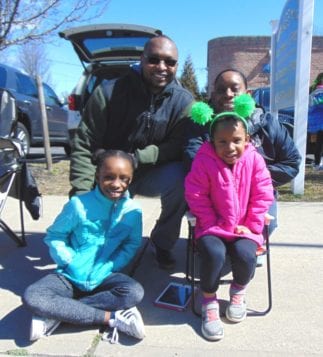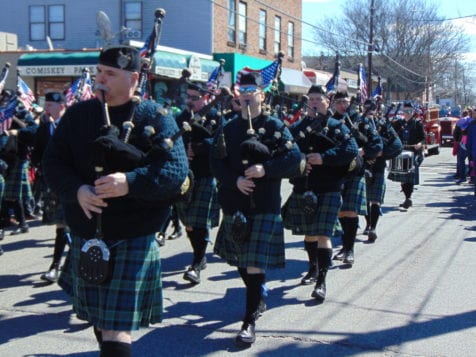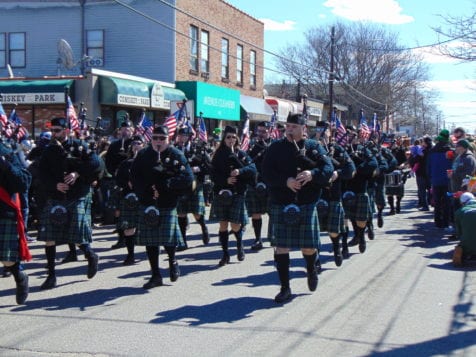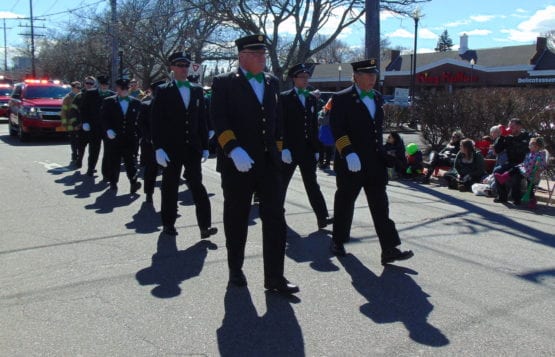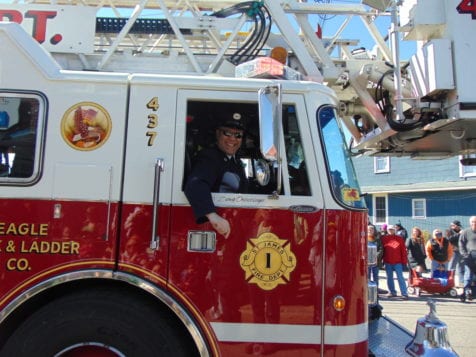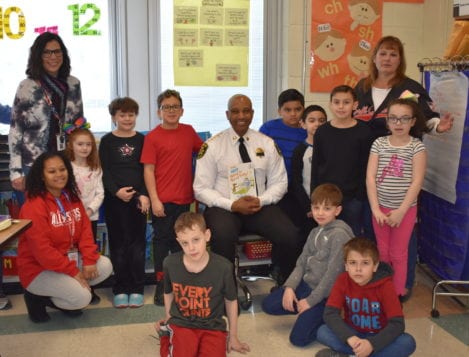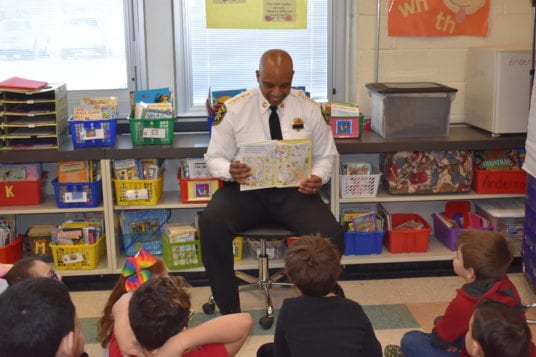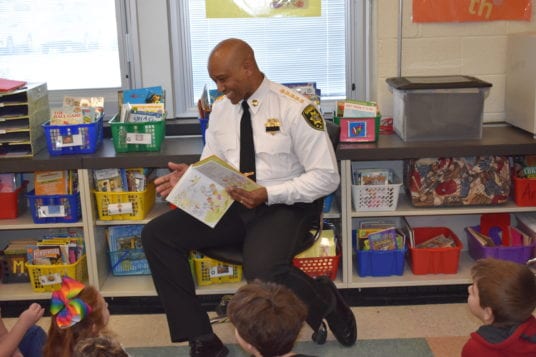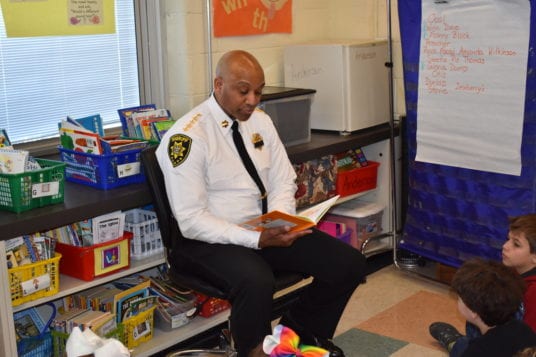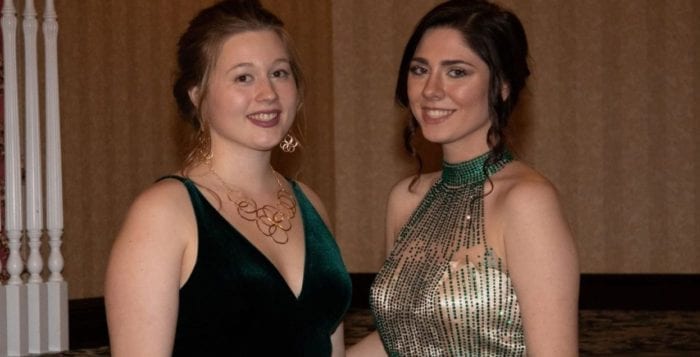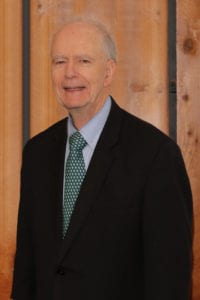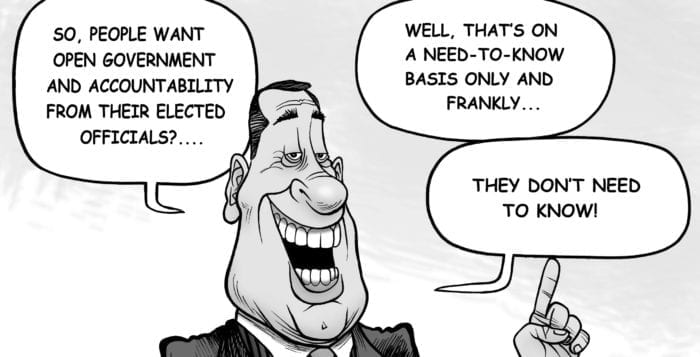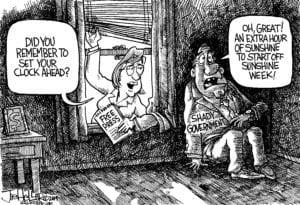North Shore communities have found a partner in the battle against ticks and the diseases they carry.
“This new partnership is another example of local governments working together to save taxpayer dollars and protect the public health of our residents.”
— Steve Bellone
On March 6, Suffolk County Executive Steve Bellone (D) announced the SuffolkSHARE Public Health Partnership. A part of the county’s shared services initiative, the new partnership will leverage the efforts of 10 local governments and the Suffolk County Department of Health Services to research and combat ticks and tick-borne illness, according to a press release from the county.
“This new partnership is another example of local governments working together to save taxpayer dollars and protect the public health of our residents,” Bellone said in the statement. “By taking collective action, we are expanding education, collection, and analysis to ensure that we have the information and resources at our disposal to deal with these illnesses head on.”
With the new partnership, towns and villages will be able to strengthen their efforts to combat ticks in ways that were previously prohibitive due to high cost and limited resources, according to the release.
The new partnership draws on efforts that include collecting data and procuring materials at lower costs while tracking progress over time. These processes are already underway by the Suffolk County Tick Control Advisory Committee, which researches and combats ticks and associated illnesses. According to the county, each year approximately 650 Suffolk residents contract a tick-borne illness, including Lyme disease.
Eight villages and two towns will work in conjunction with the county, including Asharoken, Northport, Head of the Harbor, Old Field and Belle Terre, according to the press release.
“Having the ability to work with other local governments and Suffolk County on this issue will give us the opportunity to address it effectively and affordably.”
— Bob Sandak
“Protecting public health is a priority for the Village of Belle Terre, and mitigating the risk of ticks and tick-borne illness is an important mission,” Bob Sandak, the Village of Belle Terre mayor, said in a statement. “Having the ability to work with other local governments and Suffolk County on this issue will give us the opportunity to address it effectively and affordably.”
Recently, Belle Terre moved to allow deer hunting within the village, citing that New York State is the only governing body that can restrict hunting. Sandak said at a Jan. 15 village meeting, where the possibility of deer culling in part with Port Jefferson Village was discussed, that in the near-mile radius of the village boundaries, there could be as many as 300 deer. It was expected that culling could bring the number of deer down to approximately 50.
The Department of Health Services will provide resources and guidance when it comes to ticks, while the county will facilitate testing of samples, collection of data and additional analysis. The cooperative procurement of corn, tickicide and other materials, as well as municipalities working together to collect samples to have them analyzed will happen at a cheaper rate due to consolidation, according to county officials.
The county health department and Suffolk County Department of Public Works Vector Control Unit will consult with villages launching their initial efforts at tick mitigation, tick-borne illness mitigation and deer mitigation, which may include municipalities sustaining a four-poster (also known as a deer feeder); using environmental controls, such as landscaping; and utilizing birth control. The participating local governments will assist the Department of Health Services with community education regarding the risk of ticks and how to avoid bites, tick collection for testing and health monitoring of residents.
According to the press release, North Haven, Saltaire and Shelter Island already operate four-posters. The deer feeders brush tickicide onto the animals to keep them free of ticks.
“While tick-borne illnesses remain a major concern amongst our community, we continue to look for new and innovative ways to protect the public’s health,” said Michael Levine, Village of Old Field mayor, in a statement. “Thanks to the work of County Executive Bellone and the creation of this new partnership, we will now be able to asses tick conditions, develop a comprehensive plan to combat this public health issues, and educate our residents on ways to stay safe.”

